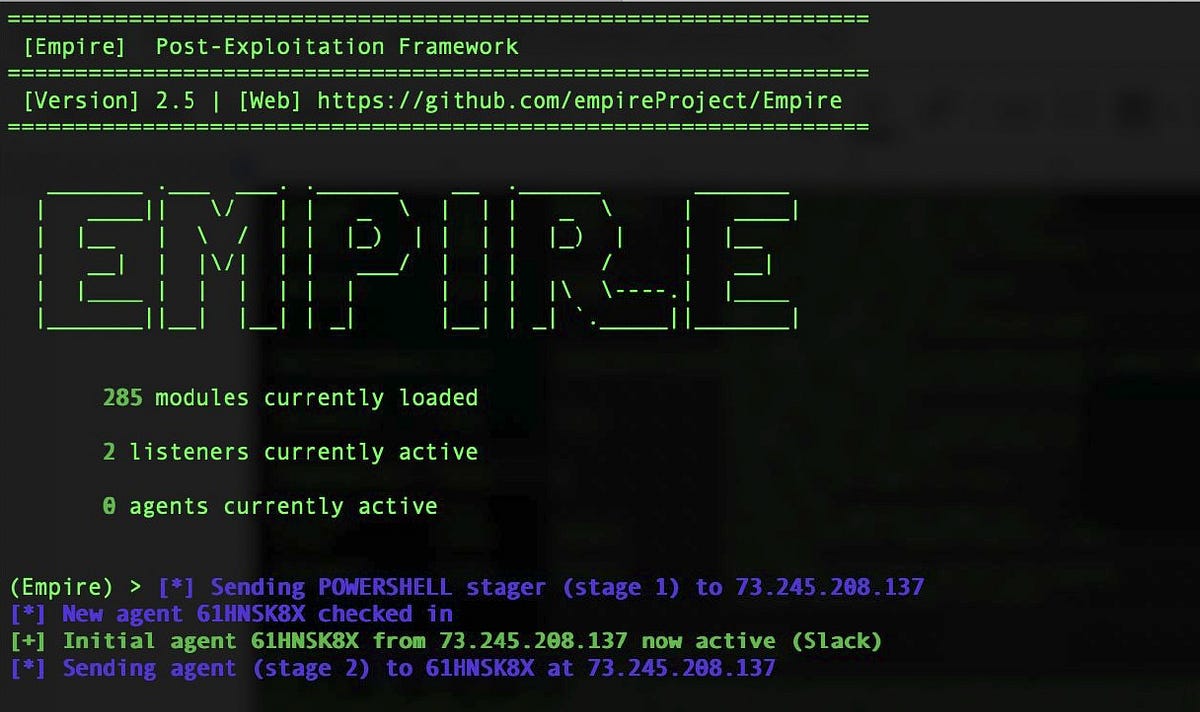
Review Webserver Metafiles for Information Leakage
Reviewing web server metafiles for information leakage is a crucial aspect of web security. Metafiles such as robots.txt, .htaccess, and server configuration files can inadvertently expose sensitive information that could be exploited by malicious actors. Let’s explore this topic further:
Understanding Web Server Metafiles
Web server metafiles contain configuration directives and instructions that govern the behavior of the web server and its interaction with clients. While these files are essential for managing server operations, they can also inadvertently disclose sensitive information if not properly configured or secured.
Common Web Server Metafiles
- robots.txt: The robots.txt file is used to instruct web robots (such as search engine crawlers) which areas of the website they are allowed or not allowed to crawl. While primarily intended for search engine optimization (SEO) purposes, robots.txt files can sometimes reveal directory structures or sensitive areas of the website that should not be indexed.
- .htaccess: The .htaccess file is a configuration file used by the Apache web server to control access to directories and files, set up redirects, and implement other server-side functionalities. Misconfigured .htaccess files can inadvertently expose sensitive information or introduce security vulnerabilities.
- Server Configuration Files: Server configuration files, such as httpd.conf for Apache or nginx.conf for Nginx, contain global directives and settings that govern the behavior of the web server. These files may include information about server version, enabled modules, virtual host configurations, and more, which could be leveraged by attackers to identify potential vulnerabilities.
Risks of Information Leakage
The inadvertent exposure of sensitive information through web server metafiles can pose several risks:
- Directory Enumeration: Exposed directory structures in robots.txt or misconfigured .htaccess files can facilitate directory enumeration attacks, allowing attackers to discover hidden directories or sensitive files.
- Security Misconfigurations: Information leakage through server configuration files can reveal details about server infrastructure, software versions, and enabled modules, providing valuable insights for potential attackers to exploit known vulnerabilities.
- Privacy Violations: Inadvertently exposed information, such as internal file paths or administrative URLs, may violate user privacy or expose proprietary information, damaging the reputation and integrity of the organization.
Best Practices for Securing Web Server Metafiles
To mitigate the risks associated with information leakage through web server metafiles, consider the following best practices:
- Regular Review: Conduct regular reviews of web server metafiles to identify and address any sensitive information or misconfigurations.
- Restrict Access: Restrict access to sensitive metafiles by configuring appropriate file permissions and access controls to prevent unauthorized disclosure.
- Minimize Exposure: Minimize the exposure of sensitive information in metafiles by avoiding the inclusion of directory paths, internal URLs, or proprietary information.
- Implement Security Headers: Implement security headers, such as X-Robots-Tag and X-Content-Type-Options, to control the behavior of web robots and prevent content type sniffing, respectively.
- Use Disallow Directives: Use Disallow directives in robots.txt to explicitly specify directories or files that should not be indexed by web robots, reducing the risk of directory enumeration attacks.
- Regular Updates: Keep web server software and configuration files up to date with the latest security patches and best practices to mitigate known vulnerabilities and security risks.
Conclusion
In conclusion, reviewing web server metafiles for information leakage is a critical component of web security. By understanding the risks associated with exposed metafiles and implementing best practices for securing them, organizations can minimize the likelihood of inadvertently disclosing sensitive information and reduce the potential impact of security breaches. Let us remain vigilant in safeguarding our web servers and protecting the confidentiality, integrity, and availability of our digital assets.




